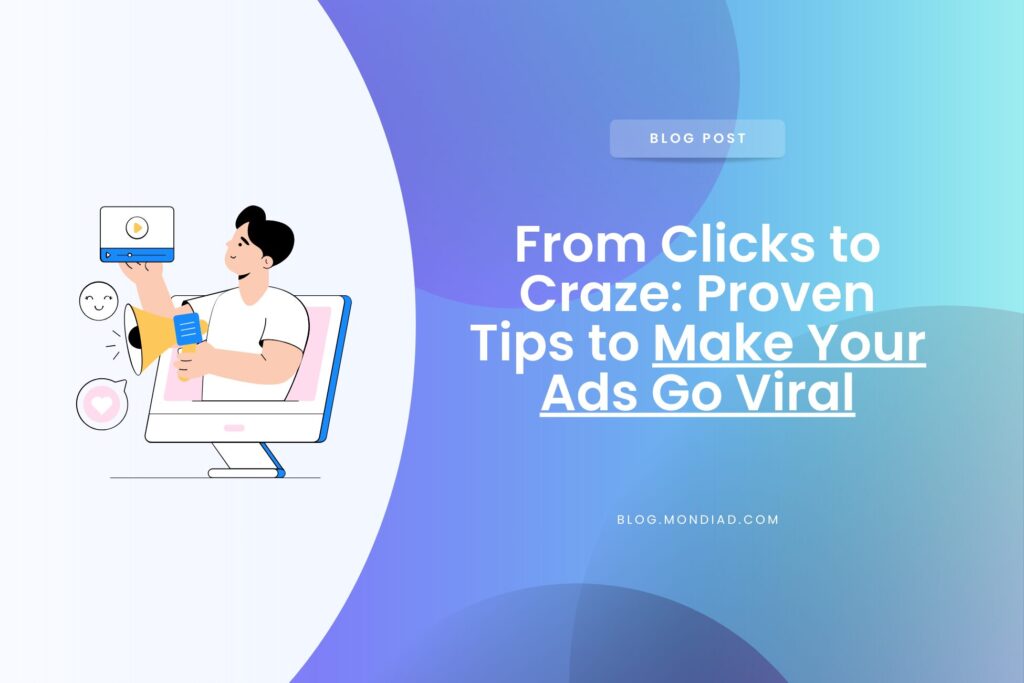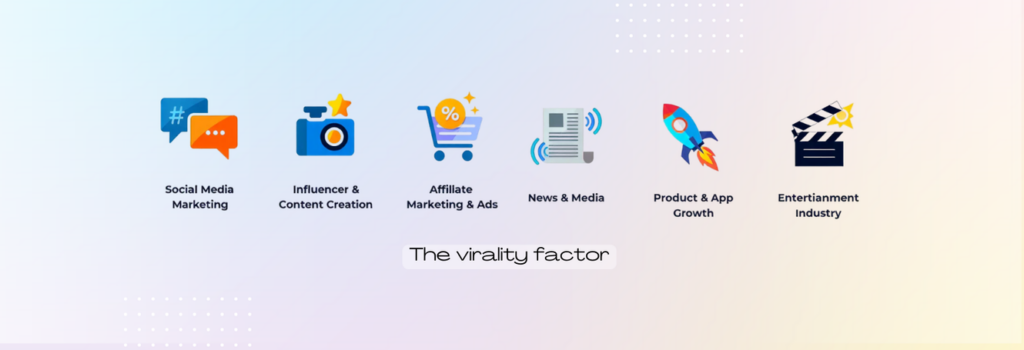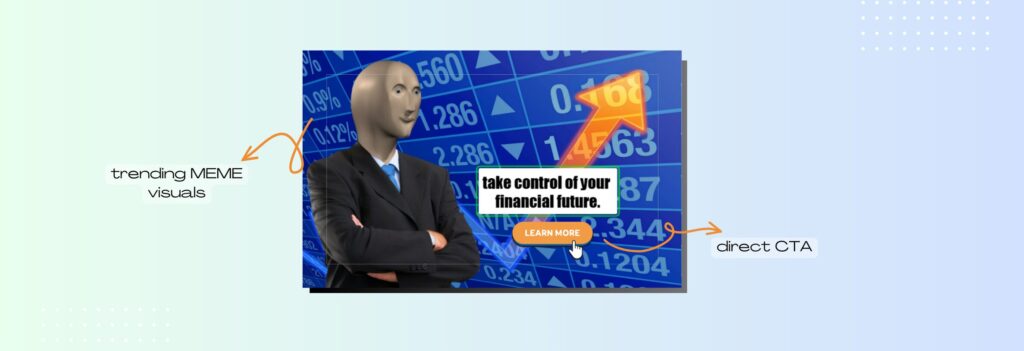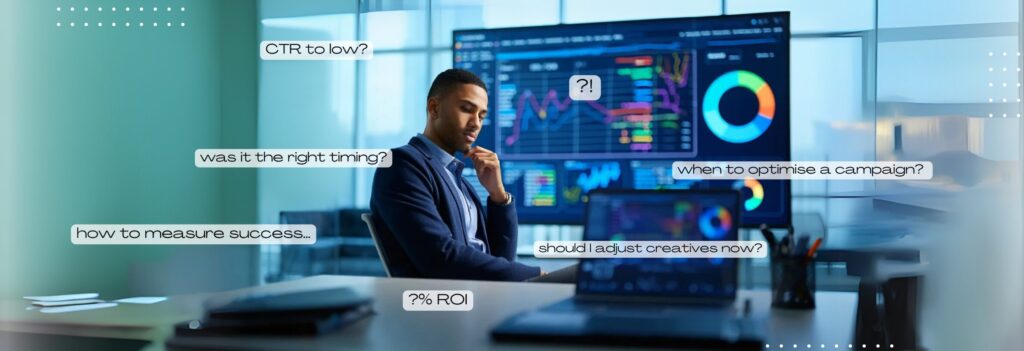Virality isn’t just for social media influencers, it’s a powerful tool for advertisers looking to maximize exposure, engagement, and conversions. When done right, viral advertising can significantly lower acquisition costs while increasing campaign results.
But what makes an ad go viral? And how can advertisers leverage virality in their campaigns?
While virality isn’t always predictable, understanding the core elements that make an ad resonate with your audience can significantly increase your chances of success. As we connect advertisers with top-tier traffic every day, trust us, we know what delivers and what’s just hype. Ready for the real tea?
Understanding Virality
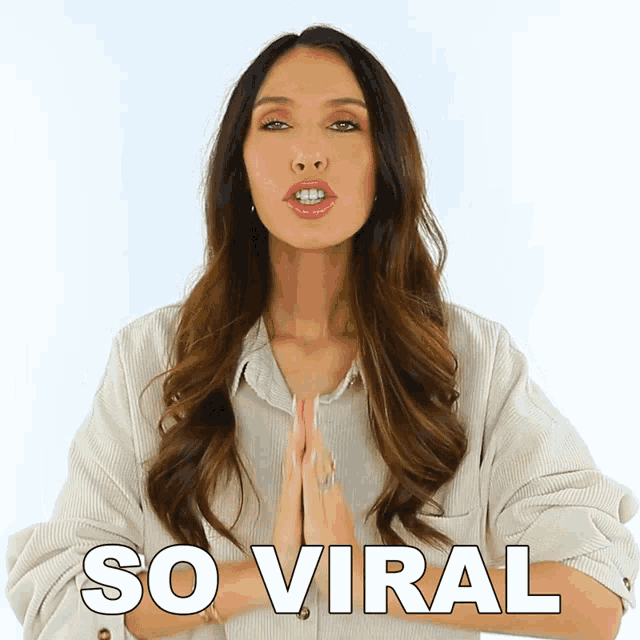
Virality refers to the rapid spread of content, ideas, or products through word of mouth, social media, and digital platforms. When something goes “viral,” it means it has been widely shared, often exponentially, reaching a large audience in a short amount of time.
The concept of virality has always existed in different forms, from urban legends to catchy slogans, but the digital era supercharged it. With the rise of social media platforms like Facebook, Twitter, Instagram, and TikTok, content can now be shared instantly, leading to massive exposure within hours or even minutes.
Virality is often associated with network effects, the more people engage with content, the more likely it is to be shared further, however, virality is widely used across various industries and platforms:
| Social Media Marketing Brands leverage viral trends to promote products, such as challenges or memes. |
Influencer & Content Creation YouTube, TikTok, and Instagram creators rely on viral content to grow their audience. |
| Affiliate Marketing & Ads Marketers create engaging campaigns that encourage shares and organic reach. |
Entertainment Industry Music, movies, and shows go viral via clips, remixes, or memes (e.g., Netflix’s “Wednesday” dance trend). |
| Product & App Growth (Growth Hacking) Apps like Facebook, Dropbox, and TikTok used viral loops (e.g., referral programs, challenges) to scale quickly. |
News & Media Sensational or trending topics spread rapidly through online news portals. |
Virality can be organic (happening naturally) or engineered (brands using strategies to boost shareability). Either way, it’s a powerful tool in digital culture and marketing.
Virality: Science or Art?
Creating a viral ad is both an art and a science, combining creativity with strategic execution. The science behind it revolves around psychology, data analytics, and behavioral triggers that compel people to share content.
 Successful viral ads share common characteristics:
Successful viral ads share common characteristics:
- Emotional Triggers: Happiness, humor, surprise, inspiration, or even nostalgia drive engagement.
- Relatability: People share content that resonates with their experiences or values.
- Shareability: Content must be easy to distribute across platforms.
- Engagement: Ads that invite participation (e.g., challenges, contests) perform better.
- Practical Value: Useful, educational, or problem-solving content tends to spread faster.
Viral Ads Under The Microscope
📌 Why it went viral:
- Emotional Appeal: Highlighted self-esteem and body image issues.
- Storytelling: The comparison between how women see themselves vs. how others see them was powerful.
- Social Relevance: Tapped into a meaningful cultural conversation.
🔗 Impact: Over 114 million views in the first month, becoming the most-watched ad of all time (at that point).
Viral Ads Blueprint
A viral campaign starts with understanding your audience. Identify the right demographics and interests. Tailor content to user behavior. Target high-engagement traffic sources.
People remember stories, not sales pitches. The most viral ads evoke strong emotions, whether it’s laughter, surprise, inspiration, or even nostalgia. Craft a narrative that resonates with your target audience, and your ad is more likely to be shared organically.
Some effective creative techniques include:
– Humor: Funny, lighthearted ads tend to get shared the most.
– Unexpected Twists: Surprise elements keep viewers engaged.
– User-Generated Content: Encouraging users to contribute content boosts organic reach.
👉 Example:
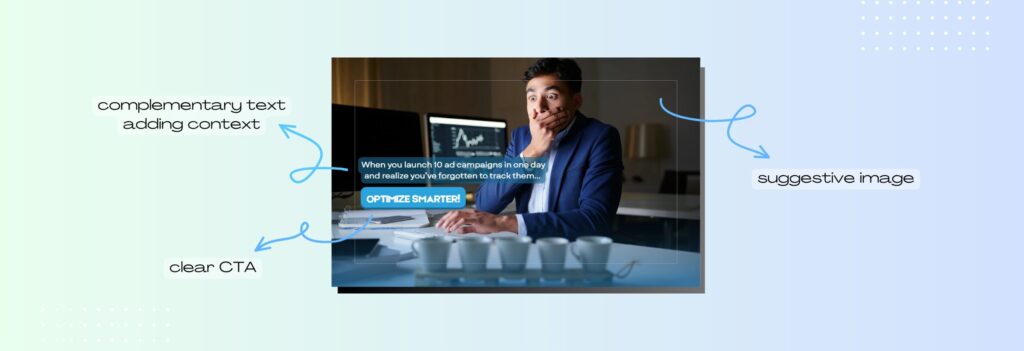 3. Leverage Emotional Triggers
3. Leverage Emotional Triggers
Viral content often taps into powerful emotions such as:
– Surprise & Curiosity: Unexpected twists keep viewers engaged.
– Inspiration & Aspiration: People love content that makes them feel good or motivated.
– Fear of Missing Out (FOMO):Limited-time offers or exclusive deals encourage quick sharing.
In today’s content-heavy landscape, your ad needs to stand out visually. Use high-quality images, striking colors, and dynamic elements to grab attention. Short-form videos, GIFs, and interactive ads tend to perform exceptionally well on social media.
Timing plays a crucial role in virality. Aligning your campaign with trending topics, cultural moments, or seasonal events increases its chances of getting noticed.
Consider:
– Trending Topics: Aligning with ongoing trends increases exposure.
– Seasonal Timing: Events like Super Bowl or Black Friday offer prime opportunities.
– Time of Day: Peak engagement hours vary by platform and audience.
Different platforms have different user behaviors. Here’s a quick breakdown:
– Push Notifications: Instant engagement and urgency.
– Native Ads: Seamless integration for high engagement.
– Popunders & Banners: Perfect for driving traffic at scale.
Ads that invite user participation (polls, quizzes, comments, and challenges) tend to generate more engagement. The more people interact with your ad, the more visibility it gains through platform algorithms.
👉 Example:
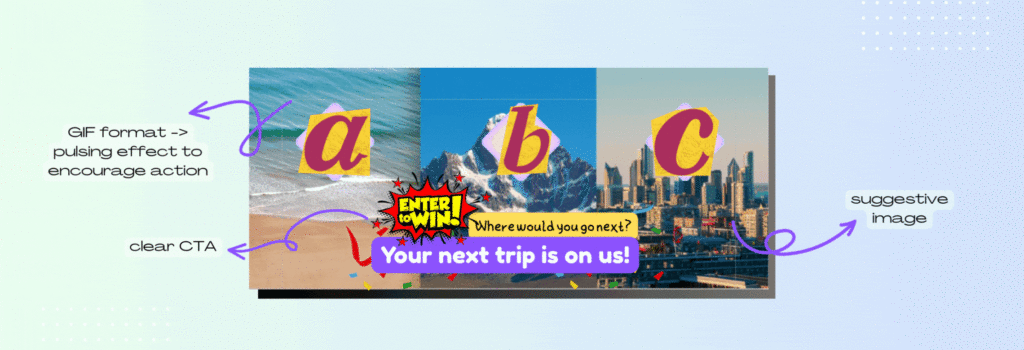 8. Testing is your best friend
8. Testing is your best friend
Not all viral attempts succeed, so A/B testing different creatives is crucial:
– Try meme-based vs. traditional creatives.
– Experiment with video formats vs. static ads.
– Analyze which emotions trigger the most shares and clicks.
Measuring Success and Iteration
If you’re aiming for viral success, tracking the right key metrics can help you measure performance, optimize content, and capitalize on momentum.
|
Reach & Exposure Metrics |
Traffic & Acquisition Metrics |
Conversion & Growth Metrics |
| Impressions: The total number of times your content is displayed. | Click-Through Rate (CTR): Indicates how engaging your ad is. | Conversion Rate: Tracks how many viewers take the desired action (sign-up, purchase, form submissions, etc)
Return on Investment (ROI): Ensures cost-effectiveness of the campaign. |
Regularly analyze ad performance. Adjust creatives and targeting based on insights. Scale up successful campaigns and refine underperforming ones.
Key Takeaways from Viral Ads
– Emotion is everything: Make people laugh, cry, or feel inspired.
– Keep it simple & memorable: A clear, concise message spreads faster.
– Encourage participation: Challenges, UGC, and trends drive shares.
– Be timely: Align with cultural moments and trending topics.
Going viral isn’t just about luck, it’s about strategy.
Ready to launch your next viral campaign? We’re here to help you optimize and scale your campaigns for maximum impact!
